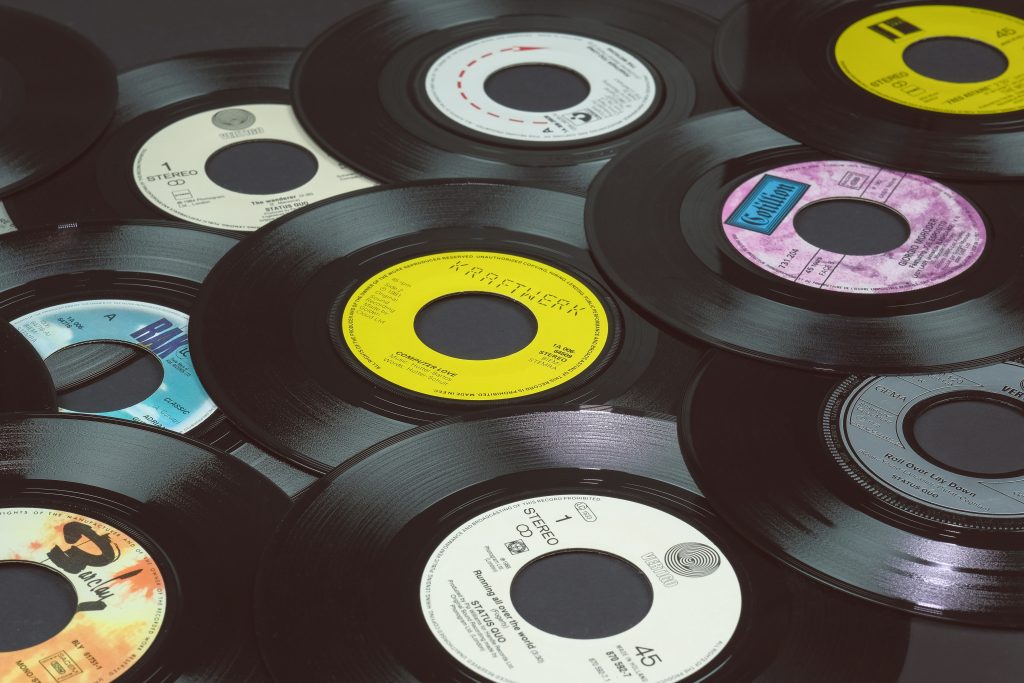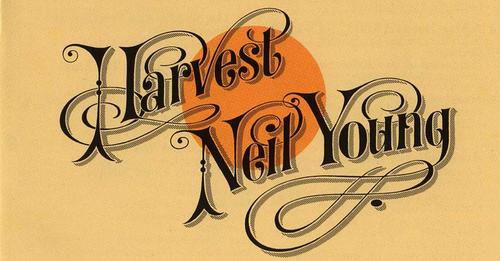The Origins and History of Rock Music
Written by gunny on February 18, 2023
By Tim Grierson
Constant evolution is its hallmark
The history of rock music has been volatile and unpredictable as the genre has constantly redefined and reinvented itself since its emergence in the late 1940s. Not surprisingly, then, it can be difficult to apply a straightforward definition to such a restless musical format.
But while people might quibble over specifics, rock music can generally be described as hard-edged music performed with electric guitars, bass, and drums and usually accompanied by lyrics sung by a vocalist. That sounds simple enough, but a closer look at the evolution of rock suggests how different styles and influences have shaped its development over the years.
Rock’s Origins (1940s-1960s)
Rock’s origins can be traced to the late 1940s, when the popular styles of the day, country music and blues, morphed into a new sound aided by electric guitars and a steady drumbeat. Pioneering rock artists of the 1950s such as Chuck Berry leaned heavily on classic blues structures while demonstrating a flair as natural-born entertainers. In contrast to the safe pop music of the era, rock’s aggressive attack suggested a sexual freedom that was shocking during that conservative age.
By the early ’60s, Berry’s followers, most notably the Rolling Stones, expanded rock’s scope by transitioning from singles artists into musicians capable of producing cohesive albums of songs. Embracing sex and youthful rebellion in their music, the Stones courted controversy but also elevated rock to new cultural heights.
Rock’s Evolution (1970s)
As rock music became the dominant form of popular music, new bands built on their predecessors’ strengths while branching out into new sonic territory. Led Zeppelin gave rock a darker, heavier tone, becoming one of the ’70s’ most popular bands and helping to kick-start a new genre known as hard rock or heavy metal.
Around the same time, Pink Floyd added psychedelic elements and complex arrangements, creating concept albums tied together by a single theme and meant to be absorbed in a single sitting. Albums such as “Dark Side of the Moon” were credited with spawning the progressive rock movement.
In the late ’70s, in response to what they perceived as pretentious “hippie” bands such as Pink Floyd, groups including the Sex Pistols and the Clash simplified rock to its core ingredients: loud guitars, rude attitude, and enraged singing. Punk was born.
While all three movements enjoyed different degrees of mainstream acceptance, a fourth, less-recognized style was beginning to take shape. Spotlighting atonal noise and unconventional rock instruments such as drum machines, groups such as Pere Ubu became the pioneers of industrial rock, an abrasive subgenre that didn’t enjoy widespread popularity but inspired future rock bands.
Rock’s Splintering (1980s)
As the ’80s began, mainstream rock was losing commercial steam, its sound growing stale. In such a creatively stagnant environment, subgenres started to assert their dominance.
Inspired by punk’s outsider status and industrial’s eclectic instrumentation, keyboard-driven English bands such as Depeche Mode demonstrated a more introverted songwriting style, creating post-punk, also described as new wave.
Meanwhile, American groups including R.E.M. toyed with post-punk elements, balancing introspective lyrics with traditional rock-band arrangements. These bands were dubbed college rock because of their popularity on college radio stations.
By the end of the ’80s, college rock had become such a lucrative alternative to mainstream rock that it received a new moniker: alternative rock. It was also called indie rock because the bands were often signed to small, independently owned labels.
Alternative rock cemented its cultural standing when the music magazine Billboard created a new chart in 1988 for alternative rock, which the publication classified as modern rock. For most music fans, terms such as modern rock, alternative, and indie are synonymous ways of describing this popular subgenre.
Rock’s Re-Emergence (1990s-Present)
With the ascension of Nirvana‘s “Nevermind” in 1991, alternative rock became the dominant popular music. But while other bands soon sprang up as part of the so-called grunge movement (a merging of hard rock and punk), other groups, such as Soundgarden, straddled the worlds of alternative and mainstream rock music.
Exacerbated by the suicide of Nirvana’s frontman Kurt Cobain, alternative music started to lose its luster by the middle of the decade, setting the stage for mainstream rock’s reemergence.
One of the first bands to capitalize on mainstream rock’s comeback was Limp Bizkit, which melded hard rock and rap into a hybrid call rap-rock. Groups such as Staind and Puddle of Mudd followed in Limp Bizkit’s wake, though these bands focused on melodic hard rock rather than integrating rap into the mix.
Bands that had thrived during grunge’s heyday but didn’t easily fit into the alternative subgenre, such as the Red Hot Chili Peppers, continued to find audiences throughout the ’90s. Additionally, groups that rose from the ashes of grunge, among them Foo Fighters, incorporated alternative music’s outsider energy to re-energize mainstream rock.
As rock music entered the 21st century, the most successful acts had the same spirit as their ’60s predecessors, even if they sounded quite different. Linkin Park fuses hip-hop and metal, while 3 Doors Down emulates hard-rock traditions of the past while providing a contemporary spin. Undoubtedly, rock music will keep evolving, drawing from its rich history while continuing to keep its ear open for the next sonic reinvention.
VIA: https://www.liveabout.com/what-is-rock-music-2898293
Photo By: Michael Ochs Archives / Getty Images







